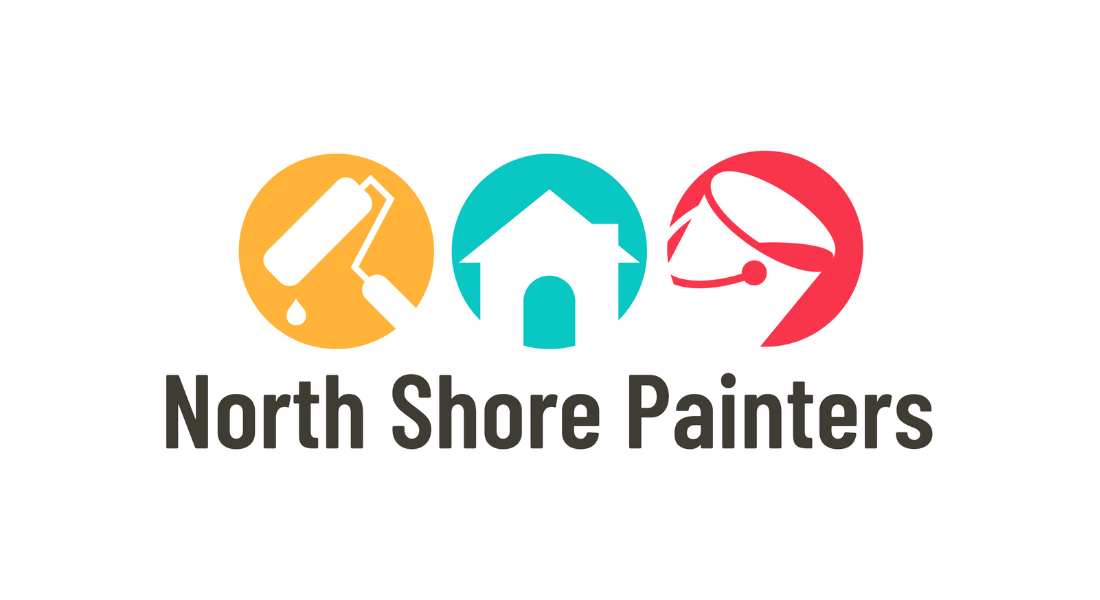How to Save Money Without Sacrificing Quality
Are you planning to refresh the look of your home by repainting its interior but worried about the cost? Fortunately, you don’t have to break the bank to give your walls a fresh coat of paint. With a few tricks and tips, you can achieve a beautiful paint job on a budget. North Shore Painters, help you decide if DIY is for you and provide you with a comprehensive guide on how to save money on your DIY interior painting project without sacrificing quality.
Plan Your Project and Budget Wisely
Planning and budgeting are crucial steps in any DIY interior painting project. By determining the scope of your project, creating a budget plan, and prioritising areas that need the most attention, you can save money without sacrificing quality. You can also consider using less expensive materials and taking advantage of discounts and sales to keep costs low while still achieving the desired outcome.
- Determine the scope of your project
- Create a budget plan
- Prioritise the areas that need the most attention
- Consider using less expensive materials
- Take advantage of discounts and sales
Prep Work is Key
Before starting your DIY interior painting project, it’s crucial to invest time in prep work to achieve a flawless finish. Clean and properly prepare the walls, fill in any imperfections, and protect the areas you don’t want to be painted with painter’s tape to save time and money on touch-ups later.
- Clean and prepare the walls properly
- Fill in any cracks, holes, and imperfections
- Sand and prime the walls
- Use painter’s tape to protect trim, baseboards, and ceilings
- Remove or cover any furniture and flooring
Choose the Right Paint
Choosing the right paint can make all the difference when it comes to achieving a high-quality finish without breaking the bank. Opt for budget-friendly options with the right sheen, and consider mixing leftover paint to save even more. Don’t forget to invest in good brushes and rollers, as these will give you a professional-looking finish that’s sure to impress.
- Look for quality paints within your budget
- Consider the sheen and finish of the paint
- Stick to neutral colours to save money in the long run
- Invest in a high-quality brush and roller
- Mix leftover paint for touch-ups
Apply the Paint Like a Pro
Achieving a professional-looking finish when painting your interior is all about technique. To get the best results, apply thin coats of paint, and use a consistent technique to avoid brush or roller marks. Be patient and let each coat dry completely before applying the next one, and you’ll be surprised at how good your DIY paint job can look!
- Apply the paint in thin coats
- Don’t overload your brush or roller
- Use a consistent technique
- Avoid over-brushing or over-rolling
- Let each coat dry completely before applying the next
Clean Up and Maintain Your Tools
Taking care of your tools is just as important as the painting process itself. Proper cleaning and storage will save you money in the long run and ensure your tools last for your next interior painting future projects.
- Clean your brushes and rollers after each use
- Store them properly to prevent damage
- Keep leftover paint in airtight containers
- Label the containers for easy identification
- Check the paint’s shelf life before use
FAQ:
Q: How much does it cost to paint a room?
A: The cost of painting a room varies depending on various factors such as the size of the room, the type and quality of paint used, and the labor costs. On average, the cost to paint a 12×12-foot room ranges from $200 to $1,000.
Q: Can I paint over old paint?
A: Yes, you can paint over old paint as long as it is in good condition. However, you need to make sure that the surface is clean and smooth before applying a new coat of paint.
Q: Do I need to prime before painting?
A: It is highly recommended to prime your walls before painting, especially if you are changing the color or if the walls are stained or damaged. Priming helps the paint adhere better and prevents stains from bleeding through.
Q: Can I save money by buying cheap paint?
A: While it may seem like a good idea to save money by buying cheaper paint, it can actually end up costing you more in the long run. Cheaper paints may require more coats and may not last as long as higher-quality paints, which means you will have to repaint more frequently.
Q: How can I prevent brush strokes and roller marks when painting?
A: To prevent brush strokes and roller marks, make sure to apply the paint in thin coats and use a consistent technique. Avoid over-brushing or over-rolling, and let each coat dry completely before applying the next. Using high-quality brushes and rollers can also help achieve a smoother finish when painting the inside of your house.


0 Comments